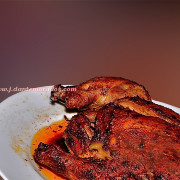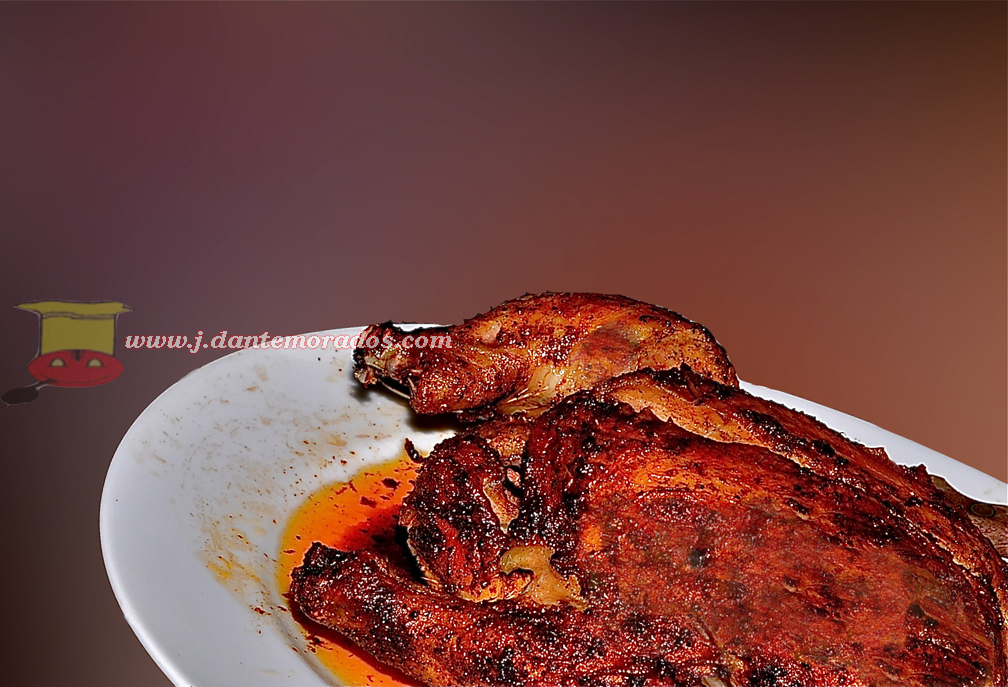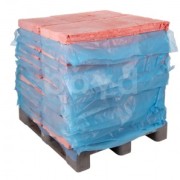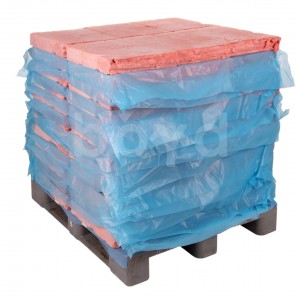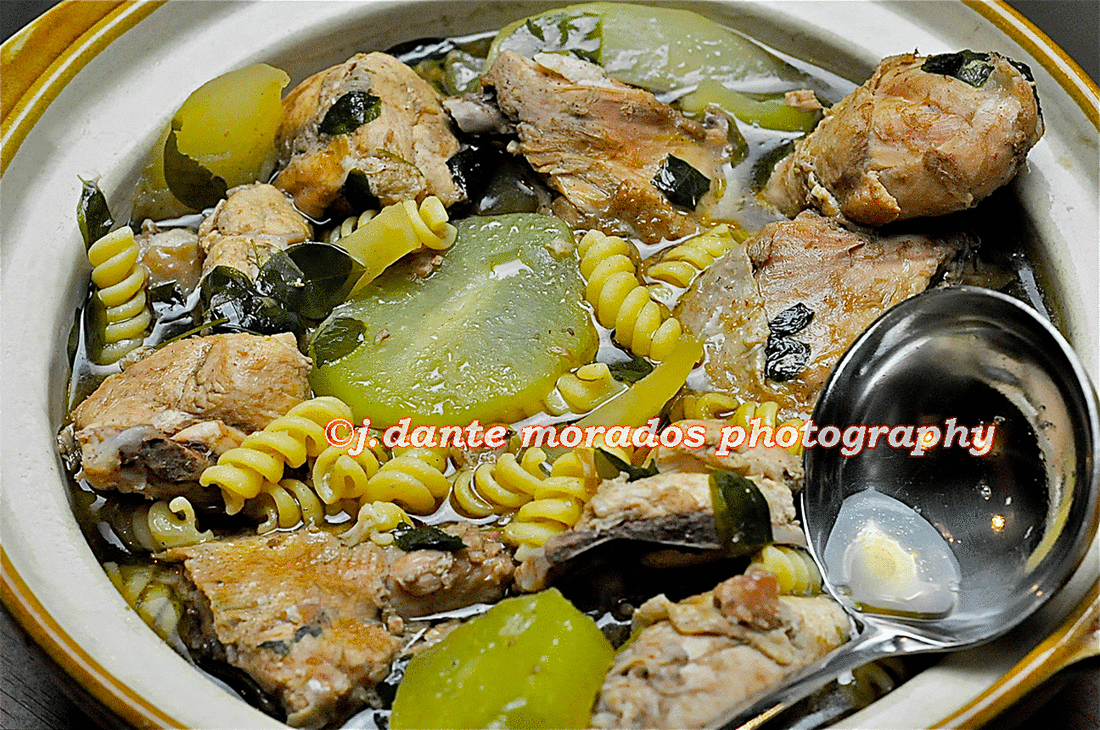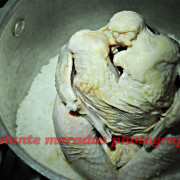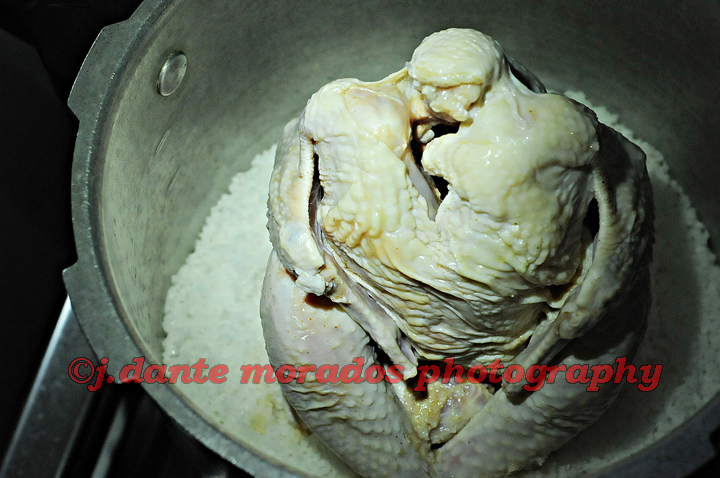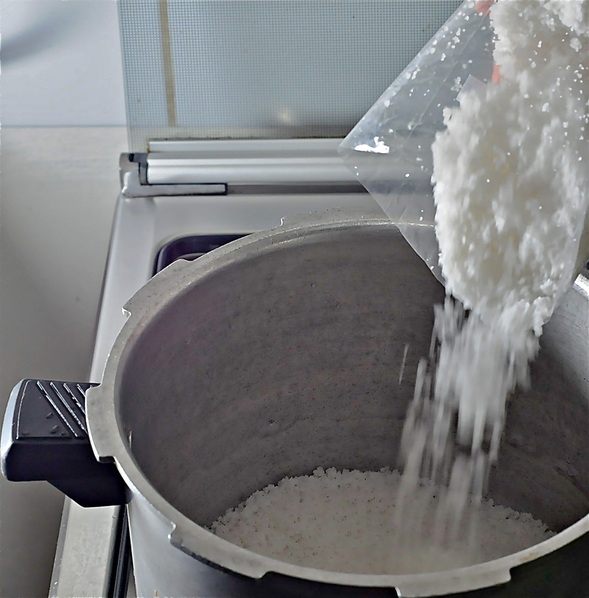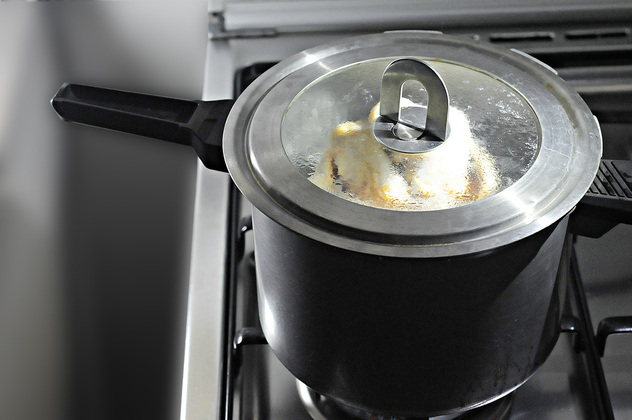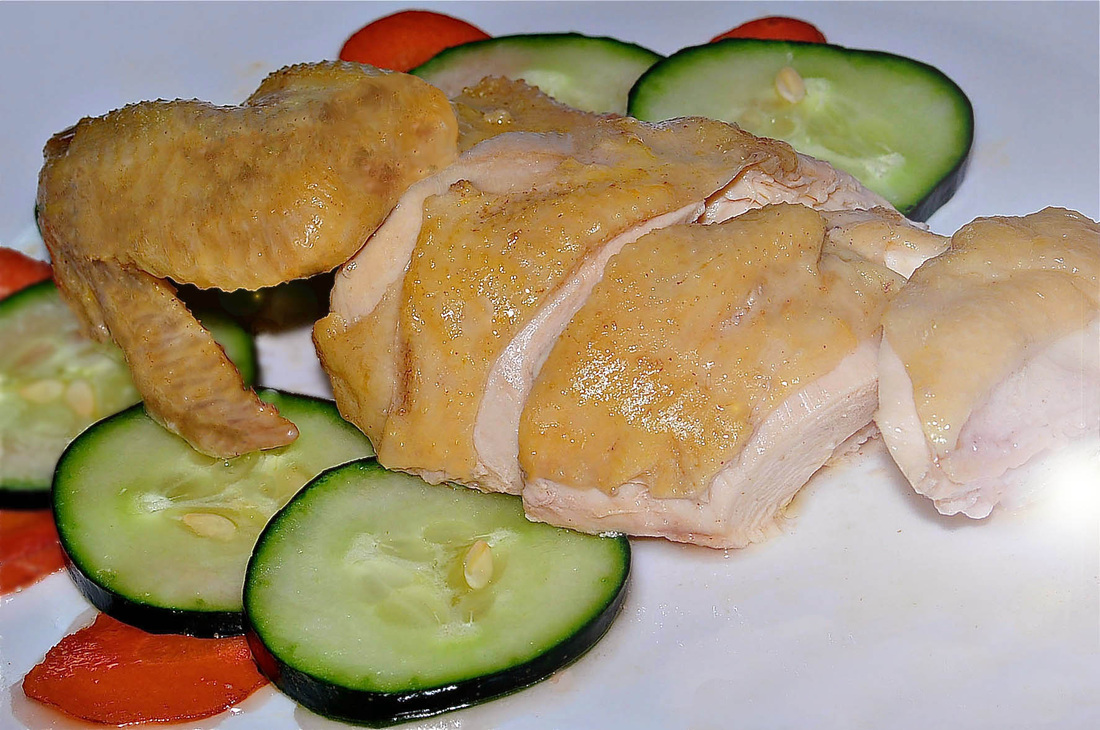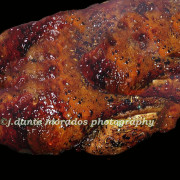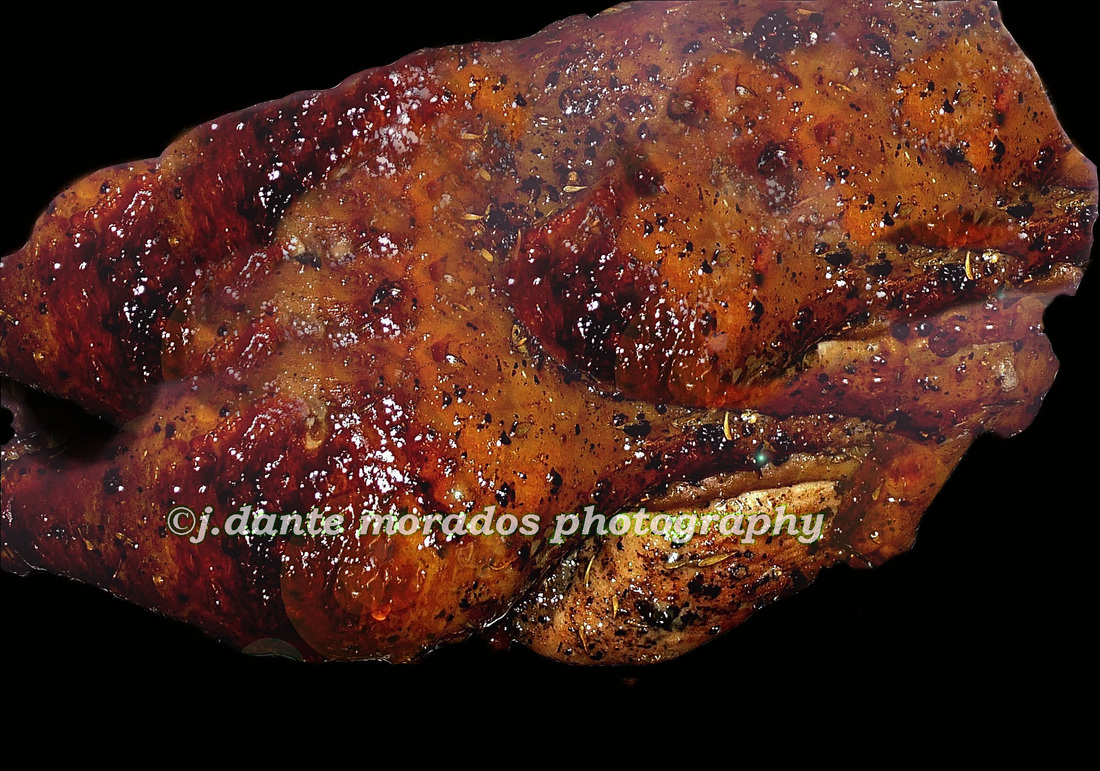“Fiery Hot” Mexican Spice Mix Roasted Chicken
(Roasted Mexican Spice Mix Rubbed Chicken)
A delicately flavored chicken dish inspired by a Mexican friend
who, in the 90’s, owned and served the best Taco and Burrito.
Austere site. Simple ambiance. Bucks-worth food. Friendly.
Then, habitue of Ams, Fil-Ams & Mexicans way back. Can’t forget.
The best I’ve ever tasted in his tiny stall just beneath San Francisco Bridge.
Yummy. Fiery tasteful. Fun. Bonding.
1 kilo whole cleaned chicken (no internals)
MARINADE:
500 ml. water
100 ml. pineapple juice
10 ml. Tabasco sauce
10 grams brown sugar
5 grams salt
MEAT RUB:
3 grams ground black pepper
5 grams garlic powder
2 grams nutmeg powder
2 grams coriander powder
3 grams chili powder
2 grams paprika powder
PROCEDURES:
1. Combine pineapple juice, Tabasco, water, salt and sugar of marinade.
Tumble well to dissolve solids.
2. Refrigerate (NOT FREEZE) and marinate chicken overnight.
Give little massaging & tumbling every 6 hours for full flavor absorption.
3. Mix all dry ingredients of meat rub. Tumble well for optimum blend.
4. Coat chicken thoroughly with meat rub ensuring all parts-outside & inside are coated.
5. Screw on chicken unto rotisserie skewer.
Tighten and secure well as chicken will be cooked while rotating.
Use stainless steel wires or thick thread, if need be, to fasten legs and/or wings well unto skewer.
Wedge skewer unto rotisserie slots.
6. Wedge tray on the lowest slot beneath chicken to receive drippings.
7. Set to lowest temperature and cooking time first. Test if rotating.
8. Check if heating rod up is ON.
All ok, re-set temp to 170-175 deg. C (338-347 deg. F). Roast for 45 minutes
OR until internal temperature of chicken on its middle part of legs
(where blood is usually evident ) is 85 deg. C
9. Once desired INTERNAL temp is reached, DONE.
10. Smile and serve your delicacy with drippings on the side
for your loved ones to dip their bread into.


